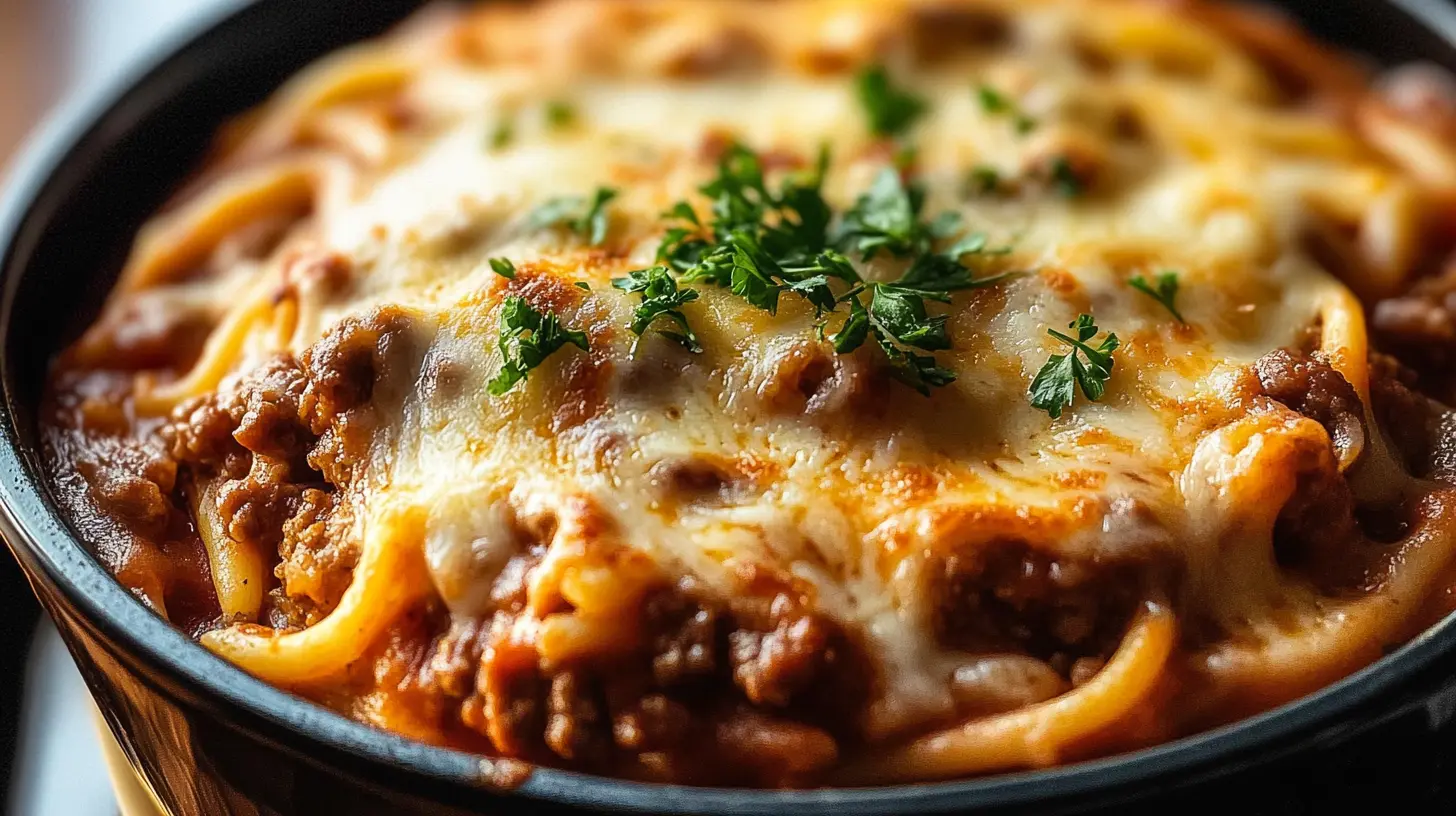Korean BBQ Recipe: The Ultimate Guide to Flavorful, Healthy Grilling
Looking for a delicious way to elevate your next barbecue? The Korean BBQ recipe is a perfect choice! Known for its bold flavors, simplicity, and versatility, Korean BBQ, or “gogi-gui,” is a grilling method that involves cooking marinated meat, seafood, or vegetables right at the table. Whether you’re a busy parent, a student looking for an easy yet impressive meal, or someone who enjoys experimenting with global cuisines, Korean BBQ is a fun and tasty way to prepare a variety of dishes.
Korean BBQ isn’t just a meal—it’s an experience. The combination of savory, sweet, and spicy marinades, along with fresh vegetables and side dishes, creates a balanced, nutritious meal. Plus, the hands-on grilling process makes it a perfect social dining experience. If you’re diet-conscious, Korean BBQ offers plenty of options for customizing your meal, whether you prefer low-calorie, vegan, or gluten-free versions.
Introduction to Korean BBQ Recipe
The Korean BBQ recipe is more than just grilling meat. It’s a flavorful adventure where tender meats, seafood, or tofu are marinated in a rich, savory sauce, then grilled to perfection. Served alongside a variety of banchan (small side dishes) and wrapped in fresh lettuce leaves, Korean BBQ provides a full sensory experience.
What makes this recipe truly stand out is its balance of sweet, savory, and slightly spicy flavors, thanks to ingredients like soy sauce, garlic, ginger, sesame oil, and gochujang (Korean chili paste). Additionally, Korean BBQ is incredibly versatile, allowing you to customize it to fit your dietary needs—whether you’re gluten-free, vegan, or looking to reduce your calorie intake. The best part? It’s easy to make at home and doesn’t require special equipment, making it accessible to everyone.
For anyone looking for a healthy, flavorful meal option, Korean BBQ offers the perfect blend of bold tastes and nutritious ingredients, making it suitable for every occasion, whether it’s a casual family dinner or a celebration with friends.
Benefits and Advantages of Korean BBQ Recipe
1. Simple and Quick Preparation
One of the main reasons the Korean BBQ recipe is so popular is because of how easy it is to prepare. The marinade typically consists of just a few ingredients like soy sauce, sesame oil, garlic, and sugar, which you probably already have in your pantry. You can marinate the meat or tofu in advance, leaving you more time to relax or prepare the sides on the day you grill.
2. Perfect for Any Diet
Korean BBQ can be adapted to suit various dietary needs. If you’re on a low-carb diet, swap the rice for lettuce wraps. For a gluten-free option, use tamari instead of soy sauce. You can also make vegan Korean BBQ by marinating tofu, seitan, or vegetables in the same flavorful marinade. The versatility of the recipe makes it an excellent choice for those with dietary restrictions or preferences.
3. Rich in Nutrients
This meal is not only delicious but also packed with nutrients. The use of lean proteins like chicken, shrimp, or tofu keeps the dish light, while fresh vegetables add fiber, vitamins, and minerals. The inclusion of heart-healthy sesame oil and antioxidant-rich garlic and ginger further boosts the nutritional value of the dish.
4. Fun and Interactive Dining
Korean BBQ is more than just food—it’s an experience. The process of grilling the food at the table brings a social and interactive element to dining, making it perfect for gatherings or family meals. Everyone can customize their own wraps with meat, vegetables, and sauces, making each bite unique and personal.
Ingredients Overview
Essential Ingredients for Korean BBQ Recipe
To make the perfect Korean BBQ, you’ll need the following ingredients:
- Protein of Your Choice:
- Beef (Bulgogi): Thinly sliced sirloin or ribeye is ideal.
- Pork (Samgyeopsal): Use pork belly or shoulder for this variation.
- Chicken (Dak-galbi): Boneless, skinless chicken thighs or breasts work well.
- Tofu or Tempeh: For a vegan option, use firm tofu or tempeh.
- Marinade:
- Soy Sauce (1/2 cup): Provides the salty base for the marinade.
- Sesame Oil (2 tbsp): Adds a rich, nutty flavor.
- Garlic (3 cloves, minced): Gives the marinade a robust, savory depth.
- Ginger (1 tbsp, grated): Adds a fresh, zesty kick.
- Brown Sugar (2 tbsp): Balances the salty and spicy flavors with sweetness.
- Gochujang (1 tbsp): A Korean chili paste that adds a mild heat and deep umami flavor.
- Rice Vinegar (1 tbsp): Brightens the marinade and balances the richness.
- Vegetables for Grilling:
- Bell Peppers
- Zucchini
- Mushrooms
- Onions
- Banchan (Side Dishes):
- Kimchi: Fermented cabbage or radish, providing a tangy, spicy contrast.
- Pickled Vegetables: Adds crunch and acidity.
- Steamed Rice: A simple, neutral side to balance the intense flavors.
- Lettuce Leaves: Used to wrap the grilled meat and veggies.
Dietary Substitutions to Customize Your Korean BBQ Recipe
- Vegan Korean BBQ: Substitute the meat with tofu, tempeh, or portobello mushrooms. For the marinade, use a plant-based soy sauce and skip any animal-based ingredients like fish sauce.
- Gluten-Free Korean BBQ: Use tamari instead of soy sauce for a gluten-free alternative. Ensure all other ingredients, such as gochujang, are certified gluten-free.
- Low-Calorie Version: Opt for lean proteins like chicken breast or shrimp, and reduce the amount of sugar in the marinade. Using lettuce wraps instead of rice also cuts down on calories while adding a fresh crunch.
How to Prepare the Perfect Korean BBQ Recipe: Step-by-Step Guide
First Step: Prepare the Marinade
In a large bowl, mix the soy sauce, sesame oil, garlic, ginger, brown sugar, gochujang, and rice vinegar. Whisk until all the ingredients are well combined. Taste the marinade and adjust the seasonings to your preference—adding more sugar for sweetness or gochujang for heat.
Second Step: Marinate the Protein
Add your protein of choice—beef, pork, chicken, or tofu—into the marinade. Ensure that each piece is fully coated. Cover the bowl and refrigerate for at least 30 minutes, though overnight marination will deepen the flavors.
Third Step: Prepare the Vegetables
While the meat is marinating, chop the vegetables into bite-sized pieces. Drizzle a little sesame oil over the veggies and season with salt and pepper. You can also toss them in a bit of the marinade for extra flavor.
Fourth Step: Grill the Meat and Vegetables
Preheat your grill or stovetop grill pan to medium-high heat. Once hot, grill the marinated meat until it’s caramelized and slightly charred—about 2-3 minutes per side for thinly sliced beef or pork. For tofu or vegetables, grill until they develop a nice char and are tender on the inside.
Fifth Step: Serve with Banchan
Arrange the grilled meat and vegetables on a platter and serve them alongside steamed rice, lettuce leaves, and banchan. Encourage guests to create their own lettuce wraps, filling them with grilled meat, kimchi, rice, and any other toppings they desire.
Mastering Korean BBQ: Advanced Tips and Variations
1. Try Different Marinades
While the traditional soy-based marinade is delicious, you can experiment with other flavors. Try using miso paste for a richer umami taste, or add a splash of pineapple juice to sweeten the marinade and tenderize the meat further.
2. Use a Table-Top Grill
To replicate the authentic Korean BBQ experience, use a table-top grill that allows you to cook the meat right at the table. This not only makes the meal more interactive but also ensures the food is served piping hot.
3. Explore Different Proteins
Korean BBQ isn’t limited to beef or pork. You can experiment with shrimp, squid, or even firm white fish for a seafood variation. Just make sure to adjust the cooking times accordingly to avoid overcooking.
4. Incorporate More Banchan
While kimchi is a staple side dish, Korean BBQ shines when served with a variety of banchan. Consider adding seasoned spinach, bean sprouts, or Korean-style pancakes (pajeon) to round out the meal.
How to Store Korean BBQ: Best Practices
1. Refrigeration
Store any leftover grilled meat, tofu, or vegetables in an airtight container in the refrigerator for up to 3 days. Make sure the food is completely cooled before sealing the container to prevent condensation, which can make the meat soggy.
2. Freezing
If you have marinated but uncooked meat, you can freeze it for up to 3 months. When ready to use, thaw it overnight in the refrigerator before grilling. This method allows you to prepare Korean BBQ in advance, making it perfect for meal prep.
3. Reheating
Reheat the grilled meat and vegetables in a hot skillet or oven to retain their crispy exterior. Avoid microwaving, as it can make the meat tough and the vegetables soggy.
Nutritional Value of Korean BBQ
The nutritional value of your Korean BBQ recipe will vary based on the protein and sides you choose. Here’s a general overview based on a typical serving of bulgogi beef with rice and vegetables:
- Calories: 400-500
- Protein: 25-30 grams
- Fat: 15-20 grams
- Carbohydrates: 45-50 grams (including rice)
- Fiber: 4-6 grams (with vegetables)
Opt for lean proteins like chicken breast or tofu to lower the fat content, and serve with lettuce wraps to reduce the carbohydrate intake.
FAQs: Frequently Asked Questions About Korean BBQ Recipe
Q1: Can I Make Korean BBQ Indoors?
Absolutely! You can use a grill pan on the stovetop or even an electric grill. Just make sure to ventilate your kitchen well, as grilling indoors can create smoke.
Q2: What Can I Use Instead of Gochujang?
If you can’t find gochujang, you can substitute it with sriracha or a mix of miso paste and red pepper flakes for a similar flavor profile.
Q3: How Do I Make This Recipe Gluten-Free?
To make this recipe gluten-free, simply use tamari instead of soy sauce and ensure that any other ingredients, like gochujang, are certified gluten-free.
Q4: Can I Marinate the Meat Overnight?
Yes, marinating the meat overnight will enhance the flavors and make the protein even more tender. Just be sure to store it in the refrigerator and cover it tightly.

Posted by: Hailee | December 30, 2024
I’m passionate about sharing sweet and savory recipes that I’ve meticulously tested and perfected in my own kitchen. Join me on this delicious journey to experience the best of culinary creativity.




